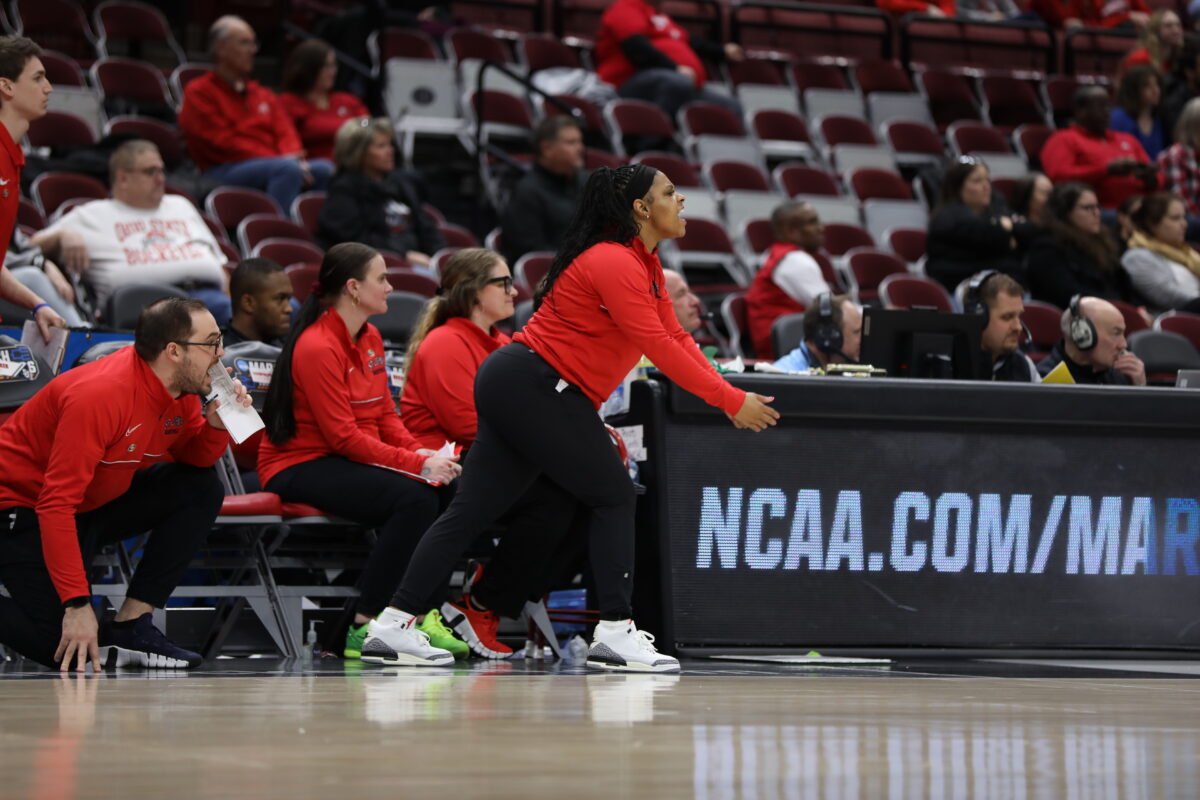Using Physics to Synchronize Clocks
Even the most accurate timepieces are almost certain to disagree by at least a few seconds, which can be problematic for applications such as telecommunications, satellites, wide area networks (WANs) and global positioning systems that rely heavily on time synchronization. But thanks to sophisticated computations and high-speed electronics, distant clocks with separations of thousands of miles can be synchronized within a just few nanoseconds—one billionth of a second.
Physics Ph.D. students Alejandra Valencia and Giuliano Scarcelli, under the mentorship of Dr. Yanhua Shih, conducted an experiment to show that tighter synchronization of distant clocks may be possible by utilizing quantum physics. “We used the quantum entanglement of photon pairs to achieve clock synchronization,” said Scarcelli.
By sending two entangled photons down optical fibers, the research team was able to detect synchronized events with picosecond—one trillionth of a second—accuracy over a distance of three kilometers. Synchronizing clocks in global positioning satellites to within a picosecond might make it possible to locate objects at the earth’s surface within millimeters. The team’s research, first published in Applied Physics Letters and Science News last September, might have a role in a future space-based observatory.
Valencia and Scarcelli enjoy working under the guidance of faculty members who are considered among the top-ranking physicists in the U.S. In addition, since the University— ranked 16 th nationwide for NASA funding—has close relationships with NASA, the National Institute of Science and Technology and other research institutions, Ph.D. students also have the opportunity to network with other scientists in the region.
Having traveled from their respective native countries, Italy and Colombia, Scarcelli and Valencia have found UMBC to be a home away from home. Alejandra appreciates that Shih and other professors here treat their students like fellow researchers and value their ideas. “Back home this kind of relationship does not exist. We are not as close to professors as we are here at UMBC,” said Valencia.
(1/4/05)



